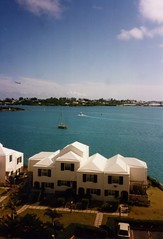
Want to know a quick, relatively easy way to reduce global climate change? Paint your rooftops white. Yes, it’s true.The way rooftops—as well as roadways are currently constructed (using dark asphalt and color scheme) creates a feedback loop of heat absorption in the atmosphere. Dark colors absorb heat, meaning less is reflected back into space. It’s a dangerous cycle. According to Professor Steven Chu, the US Energy Secretary, white roofs could be a relatively inexpensive way to cut carbon, but are also doable with immediate results. In fact, Dr. Chu commented that “lightening roofs and roads in urban environments would offset the global warming effects of all the cars in the world for 11 years” .
One could argue however that producing all the toxic paint used to complete such a massive intiative would out-weight the benefits. It’s also not necessarily a long-term solution. Furthermore, there’s the case for “living roofs” that not only absorb heat but also act as carbon sinks. Of course green roofs—they are more commonly known—take much more time, money and effort, whereas painting is a relatively easy process. Either way, acting fast yet thinking long-term is the only way to truly battle climate change. Manageable steps with gigantic impact, such as lightening roofs and roadways, is something everyone can take part in today. Perhaps, then, it’s a good place to start.

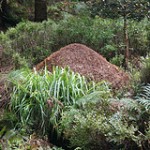
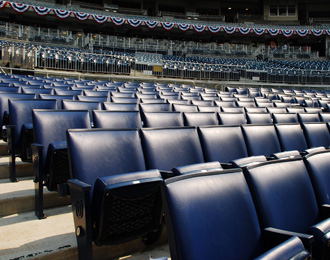
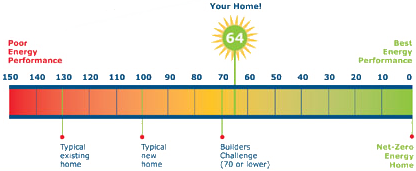
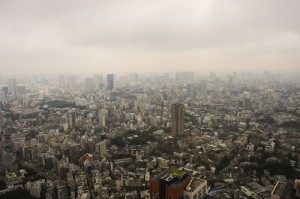 This past Saturday was
This past Saturday was 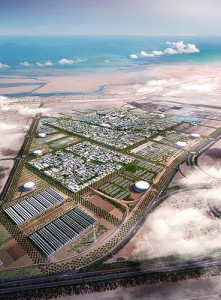
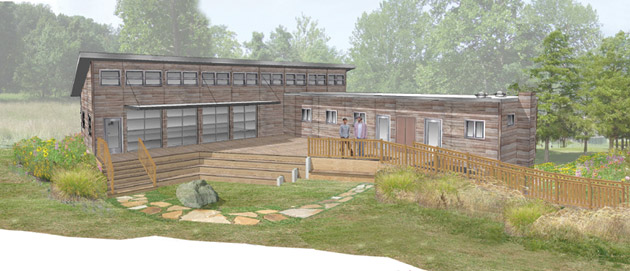
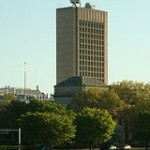 Last week
Last week